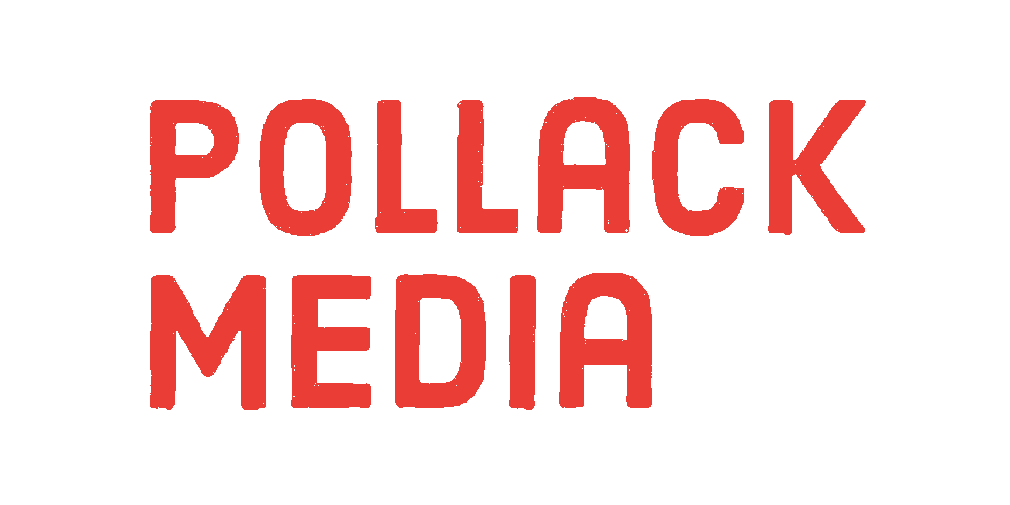Microsoft unveiled its newest OS, Windows 10, giving everyone a first look at what they are calling their ?most open collaborative OS project ever.? The idea was to create a new OS that unifies desktop and mobile uses, while giving Windows users a more familiar interface than that of Windows 8.
Microsoft?s new Windows launch event didn?t garner as much advance attention as the typical Apple roll-out, but its Windows 10 preview is creating some talk. Much of the talk has to do with why they called it Windows 10 instead of Windows 9. Cnet?s article speculates that it?s because Windows-based software code has been building on each successive version of Windows. So there?s a chance at some under-the-hood confusion with software that would confuse Windows 9 with Windows 95 or Windows 98.
speculates that it?s because Windows-based software code has been building on each successive version of Windows. So there?s a chance at some under-the-hood confusion with software that would confuse Windows 9 with Windows 95 or Windows 98.
download 2
Another theory is that the name puts some distance between Windows 8 ? the current OS ?and the new one. For those who had heard about ?and perhaps been afraid of ? some radical changes in Windows 8, Windows 10 will feel more like older versions. Windows 8 was an attempt to jump into the touch-screen revolution pioneered by Apple and Google. But many people were intimidated by the changes.
Early reviews focus on the fact that the new system looks more like Windows 7 ? a traditional-looking, point-and-click OS ? and less like Windows 8 ? a different-looking, touch-screen-oriented OS.
New features in Windows 10 include a modernized Start menu (it?s back!), a new Task View button on the taskbar, and an overall revamped interface. One of the newest features is called Continuum, which detects whether the user is using a keyboard and mouse, or is using touchscreen mode. The Verge has an overview of the key changes in Windows 10 and some screenshots of the new look.
Stepping back from the changes in the interface, the Business Insider puts the Windows platform in perspective. This chart shows that the last 5 iterations of Windows make up more than 91% of global desktop operating systems. Furthermore, when adding mobile into the equation, Windows still has 62% market share.
– Pat Welsh
